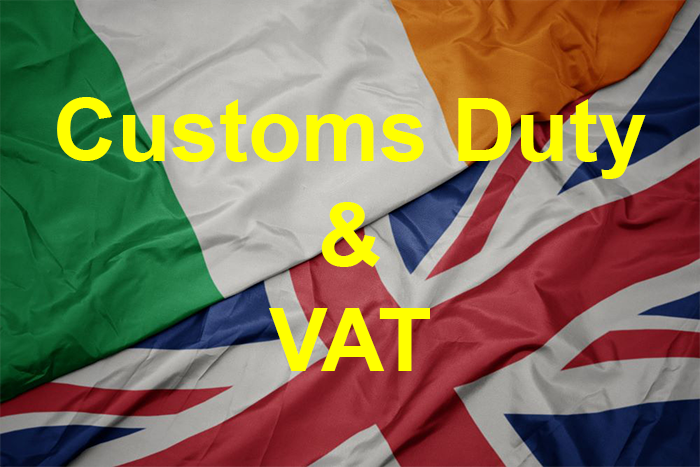Importing a car from Northern Ireland and Great Britain

Prior to the United Kingdom’s withdrawal from the EU, a large number of used cars on Irish roads originated in the UK and Northern Ireland. Dealers imported cars in large volumes to address the high demand for quality used cars and many individuals did so in an effort to find a high-spec vehicle while also saving money.
While it may still be economical to import a used car, there are now some additional costs and considerations to take into account when crunching the numbers. Additionally, cars imported from Northern Ireland and Great Britain are treated differently when applying import charges.
The following is intended as a guide and should provide a general overview of the process and charges Involved with importing a car from Great Britain and Northern Ireland.
VRT & NOx Charges
Most of us with even a passing interest in cars are familiar with VRT (Vehicle Registration Tax). VRT is applied to all vehicles, both new and used at the appropriate rate and is charged at the time of first registration in Ireland. As with all imports prior to Brexit, VRT still applies to imports from Northern Ireland and Britain at the appropriate rate.
Online VRT & NOx calculators are available individually or as part of a UK Car History Check and are invaluable for calculating an approximate cost for importing a used vehicle.
Additionally, a NOx charge was introduced on January 1st 2020 as a disincentive to import vehicles with higher emissions. NOx charges are calculated separately to VRT and are applied in addition to the calculated VRT charge. A car originating in an EU country such as France or Germany would incur these charges only. However, as the UK is no longer part of the European Union, Customs & Excise duty along with VAT is applied to cars originating in Great Britain. The simple VRT equation is CO2 + NOx = VRT Payable.
VAT & Duty Rates on Used Car Imports
All vehicles, new and used, imported to Ireland from the EU and Great Britain are subject to VAT at the standard rate of 23%. Customs and Excise duty, where applicable, is charged at 10%.
It is also important to note that these charges are calculated as a percentage of the OMSP (open market selling price) of the vehicle, regardless of the actual price paid for the vehicle.
Importing from Great Britain
In most cases, used cars imported from Great Britain (England, Scotland and Wales) are subject to VAT and Customs Duty.
The difference in importing a car from a Eurozone country is that VAT has already been paid in that country, so is not payable again when importing to another Eurozone country (e.g. Ireland). As the United Kingdom is no longer an EU member state, VAT is now chargeable on all vehicles originating there, upon entering the EU.
Importing From Northern Ireland
Where a used vehicle is imported from Northern Ireland to the Republic of Ireland, no VAT or Customs charges apply as long as the vehicle was originally registered in Northern Ireland. However, if the car is imported from Northern Ireland but was originally registered in Great Britain, VAT and Duty will apply at the appropriate rate.
Calculating the Final Costs
There are many advantages to importing a used car from the UK and despite the additional import charges; it may still be an attractive option. It is important however, to fully consider all of the costs to establish an honest comparison with the price of a vehicle sourced locally.
In addition to the standard UK Car History Check, online tools such as VRT calculators and Customs & Excise calculators are readily available for a modest outlay and these resources can prove invaluable when calculating the final cost of importing your next used car.
Author

Justin Kavanagh
Justin Kavanagh is a recognised leader
in automotive intelligence and vehicle
data supply to the entire motor industry.
He has almost 20 years experience in
building systems from the ground up.
As the Managing Director of Vehicle
Management System, he understands the
need and importance of trustworthy and
reliable vehicle history and advice to
both the trade and the public.
Follow me on LinkedIn